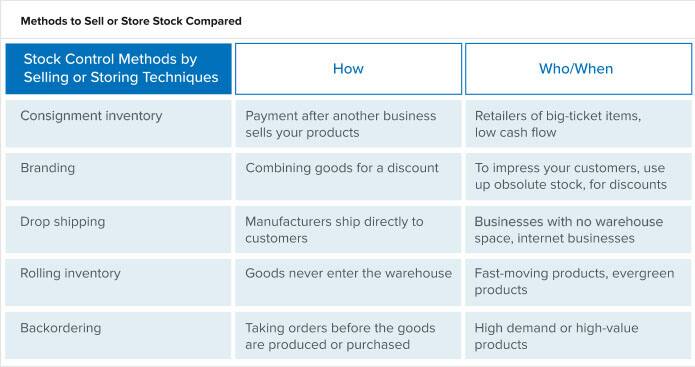
All this adds up on the bottom line, and accounting for it in your pricing can make a difference to your profitability and impact your jewelry business. Don’t forget to account for the “overhead” costs of a piece–the stringing thread or wire, small findings, and consumables or tool wear.The database serves as your memory, in both inventory and documenting finished work. Record details that you’ll want to know in the future, such as what color(s) of seed bead you used in a piece or what artist you purchased a focal bead from.Generally, I estimate my seed bead costs and enter them as a lump sum, while specifically recording only the significant beads in a piece. Prioritize entering and tracking the exact price of those items of highest cost.Record purchases in your database as quickly as possible so you don’t forget anything. Having a list and record of your inventory is vital in order to keep tab of your goods and to know which products need to be replenished.

Seems odd to say it, but having the items organized this way actually encourages my creativity, whereas chaos would just stifle it.

I know immediately what it cost per unit, where I bought it in case I want more, what it’s made of, all the important info. Buying goods at a wholesale price and then selling them to the public is a very popular route for eCommerce, but might require you to purchase things in bulk depending on the company. Now, each of my bead-storage containers has a tiny stick-on label with a number matching the one assigned by the database. A good first option for storing your store’s inventory is to keep it within your own home or place of business, if you have one.
#BEST WAY TO KEEP AN INVENTORY FOR SMALL BUSINESS SOFTWARE#
Q: How has the database affected your creative process?Ī: Having the software and the discipline of entering my stash and the finished works helped me feel a real sense of organization that was lacking previously. Databases are great for doing math for you! Once I had the inventory section done, the pricing of finished works was pretty easy. Q: Sounds like quite the undertaking! How did you decide where to begin?Ī: I built the first rough BeadEnCounter system to enter my inventory as I purchased it, and it evolved through my discovering new needs as I went along. I build databases for a living, so naturally my thoughts turned to keeping track of both the inventory and the finished works in a database. “Is this citrine or yellow glass?” I found myself asking. Almost immediately, I found out that pricing these works for sale was problematic, as I couldn’t remember the cost of any of the materials for more than a week or two after purchase, or even what they were made of. I started collecting beads, stones, and findings in a systematic way and selling the pieces that I made.

Q: How did you come up with the idea of an inventory database for your handmade jewelry business?Ī: A few years ago, I became serious about beading as a way to express my creativity. An interview with Lynn Allen, inventor of BeadEnCounter, an inventory database for labeling and tracking materials.


 0 kommentar(er)
0 kommentar(er)
